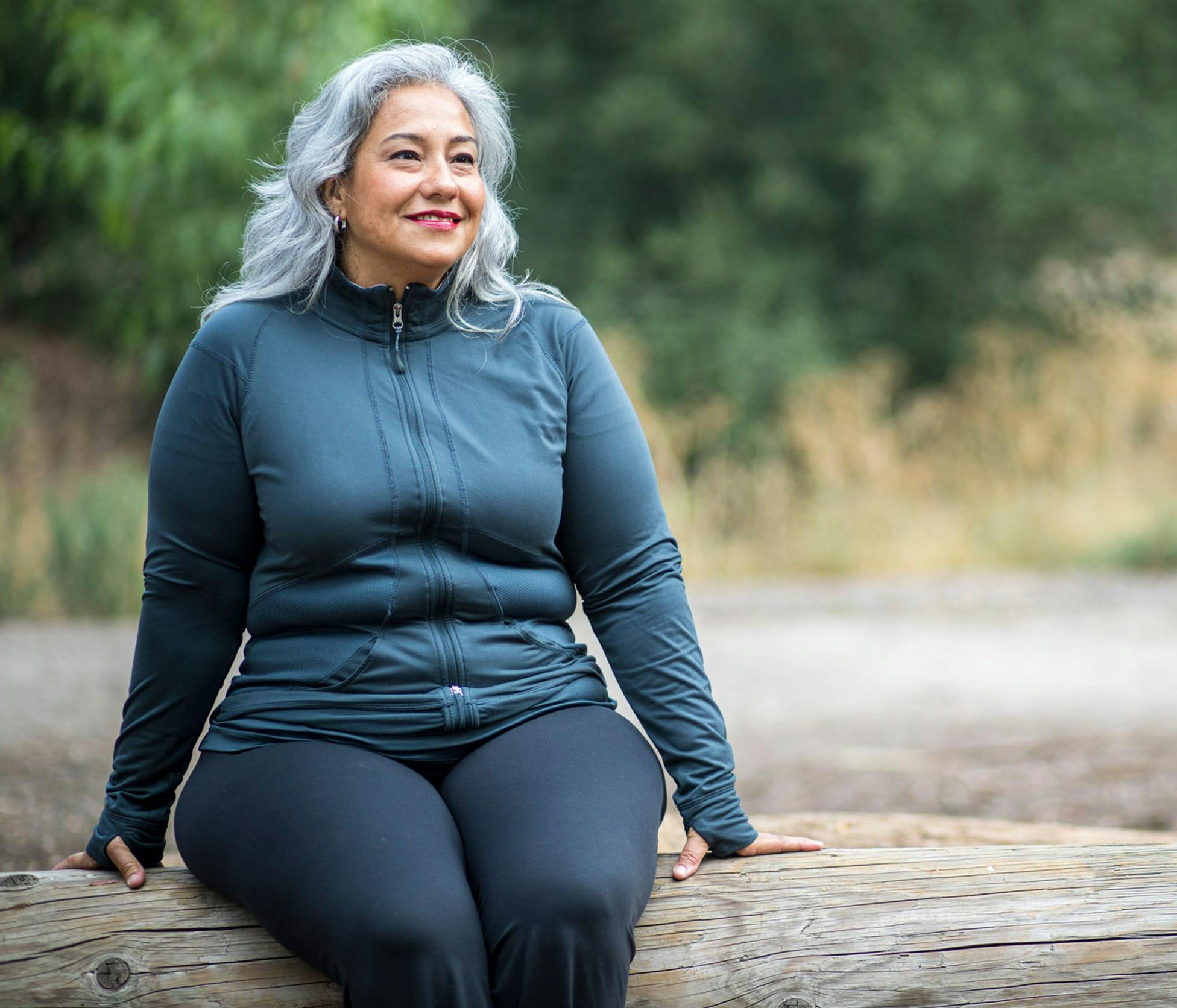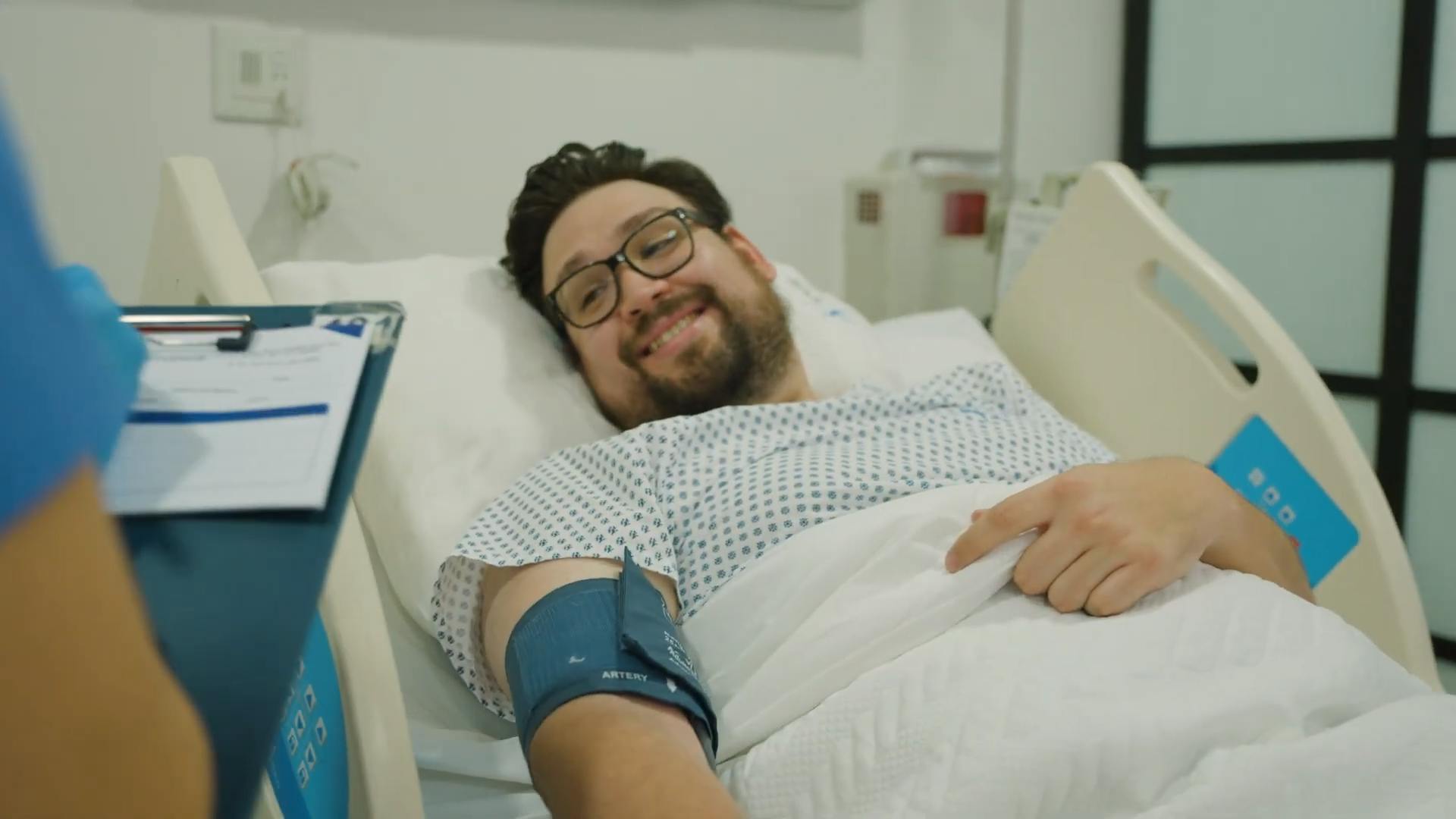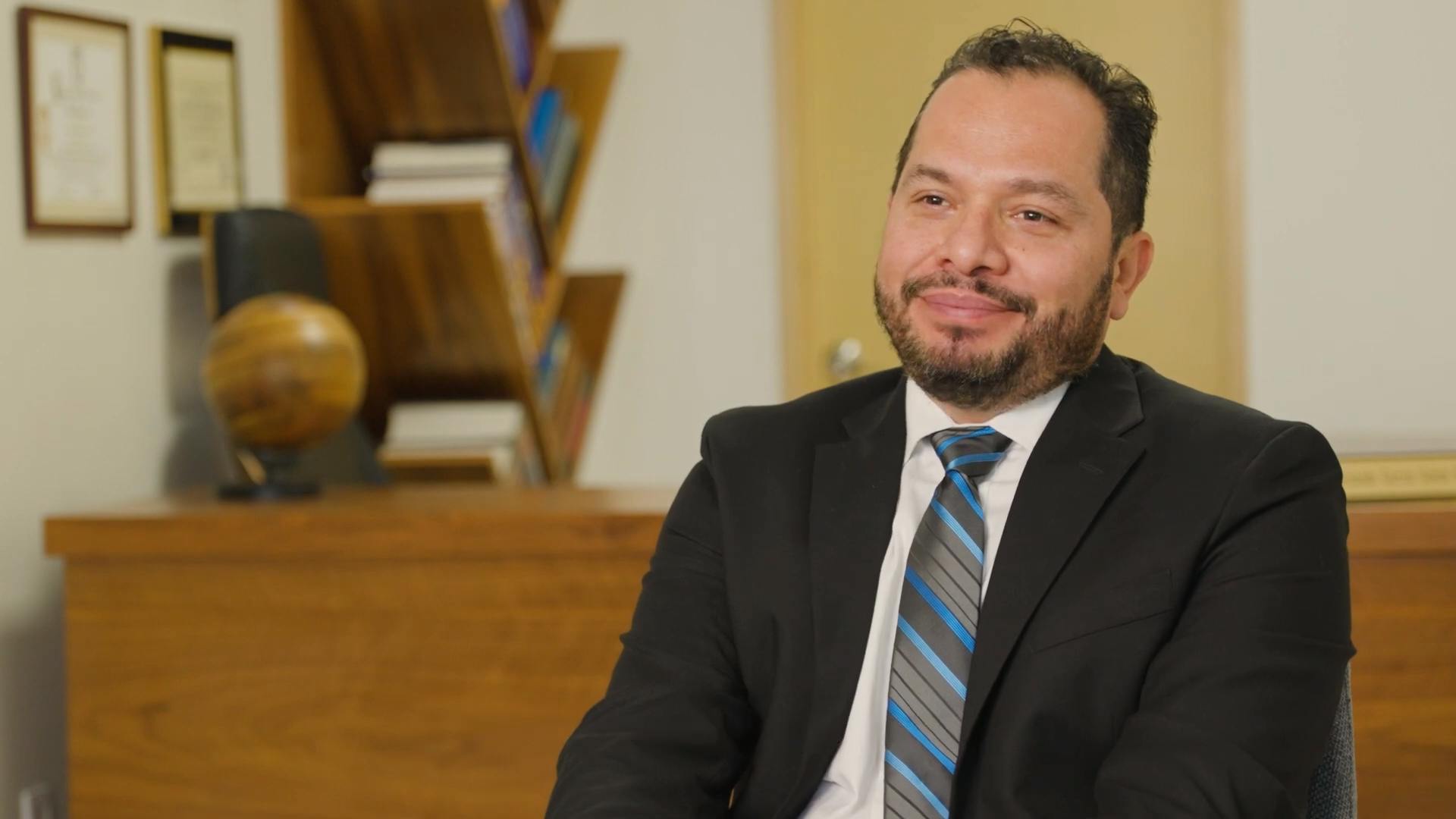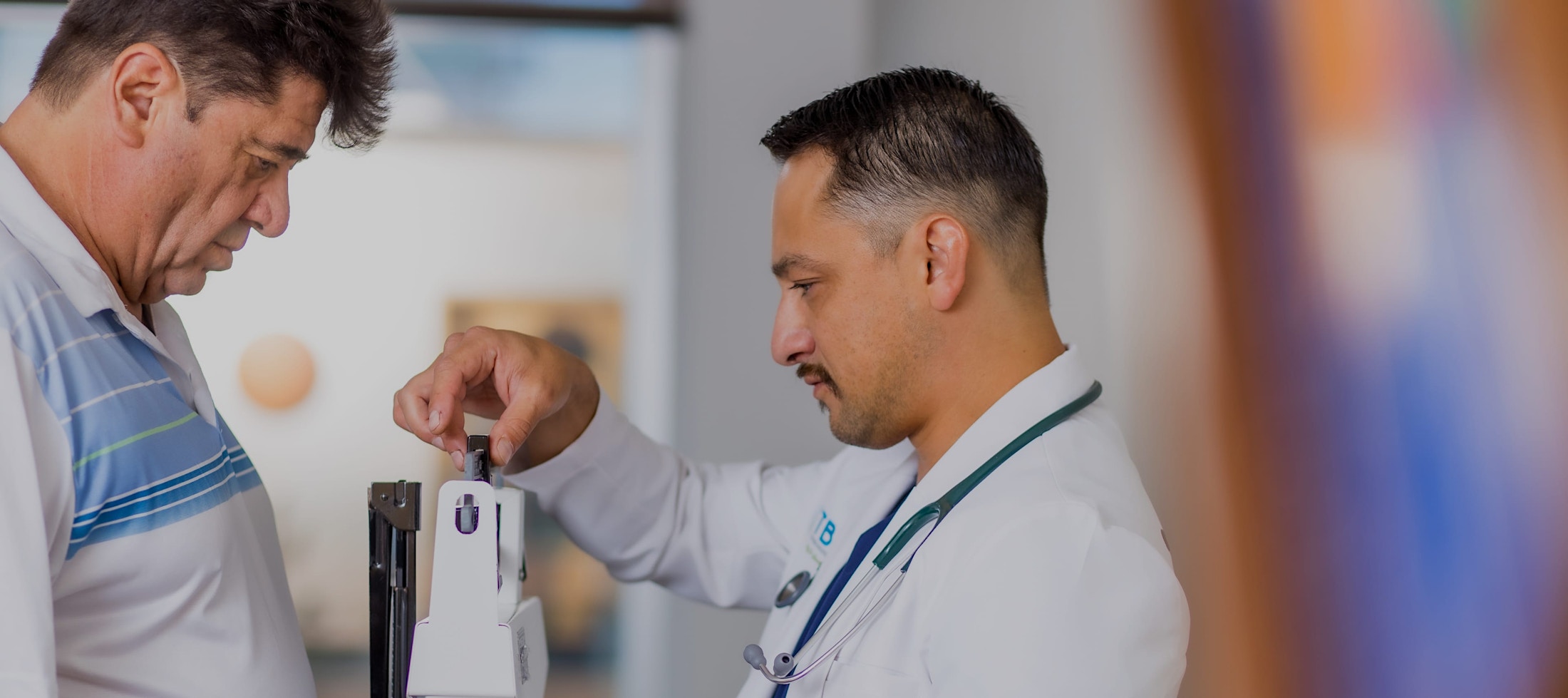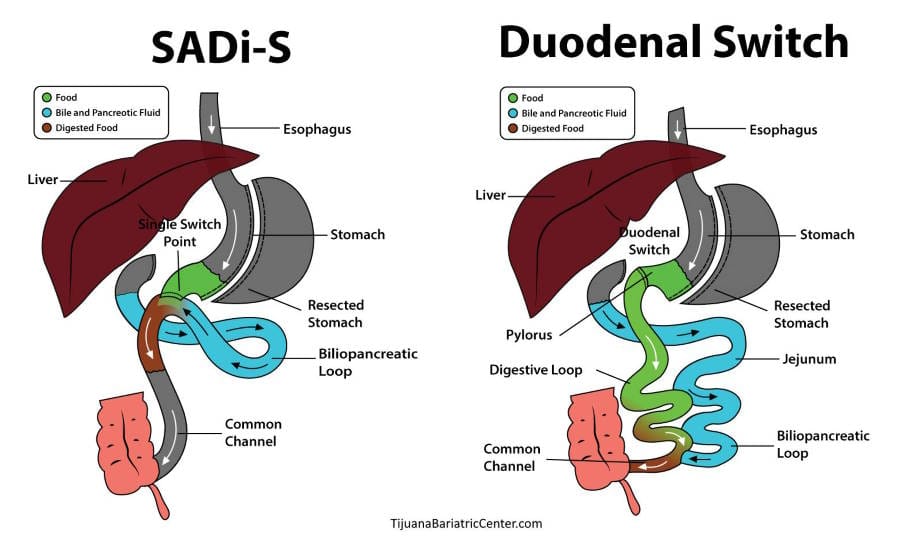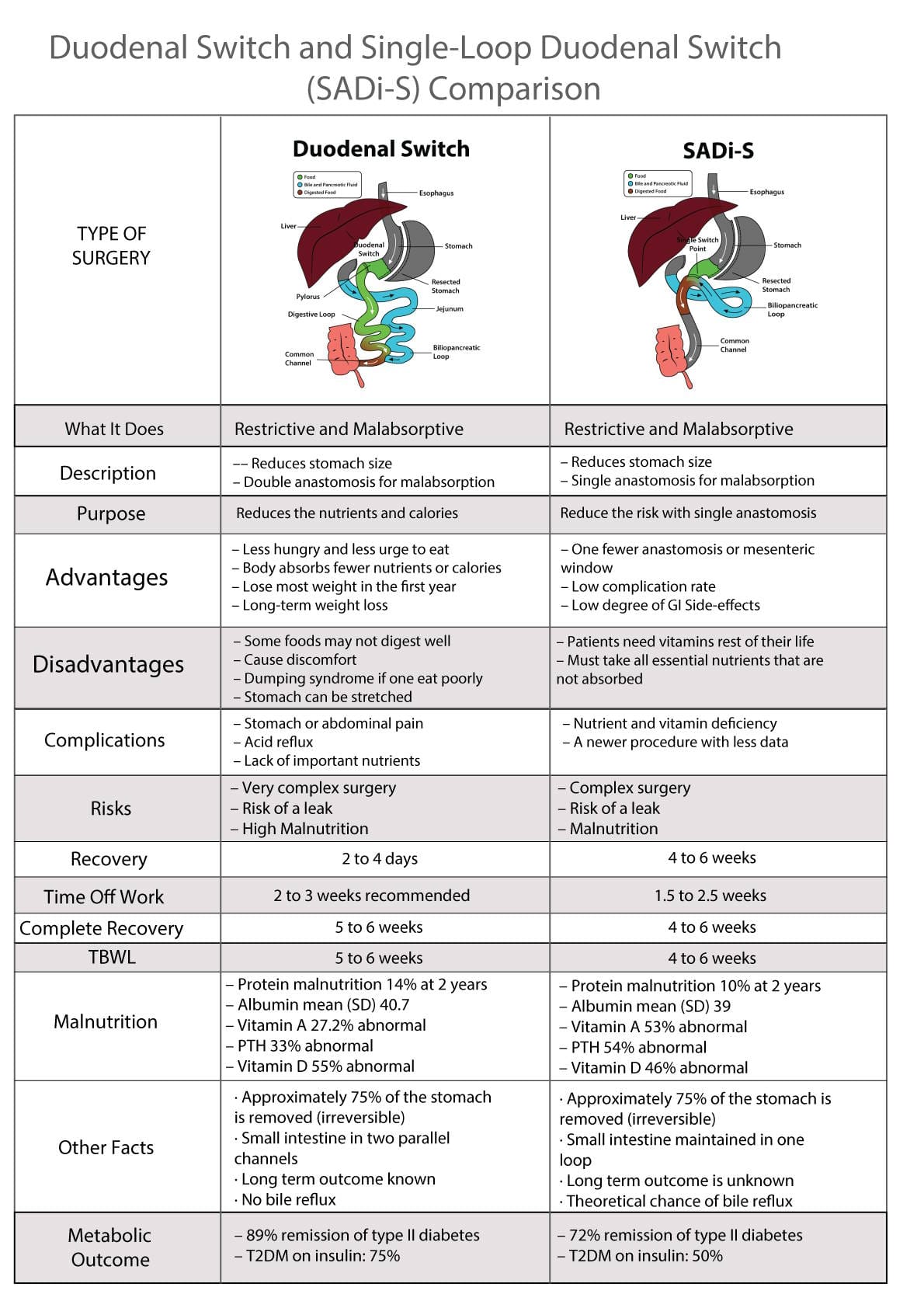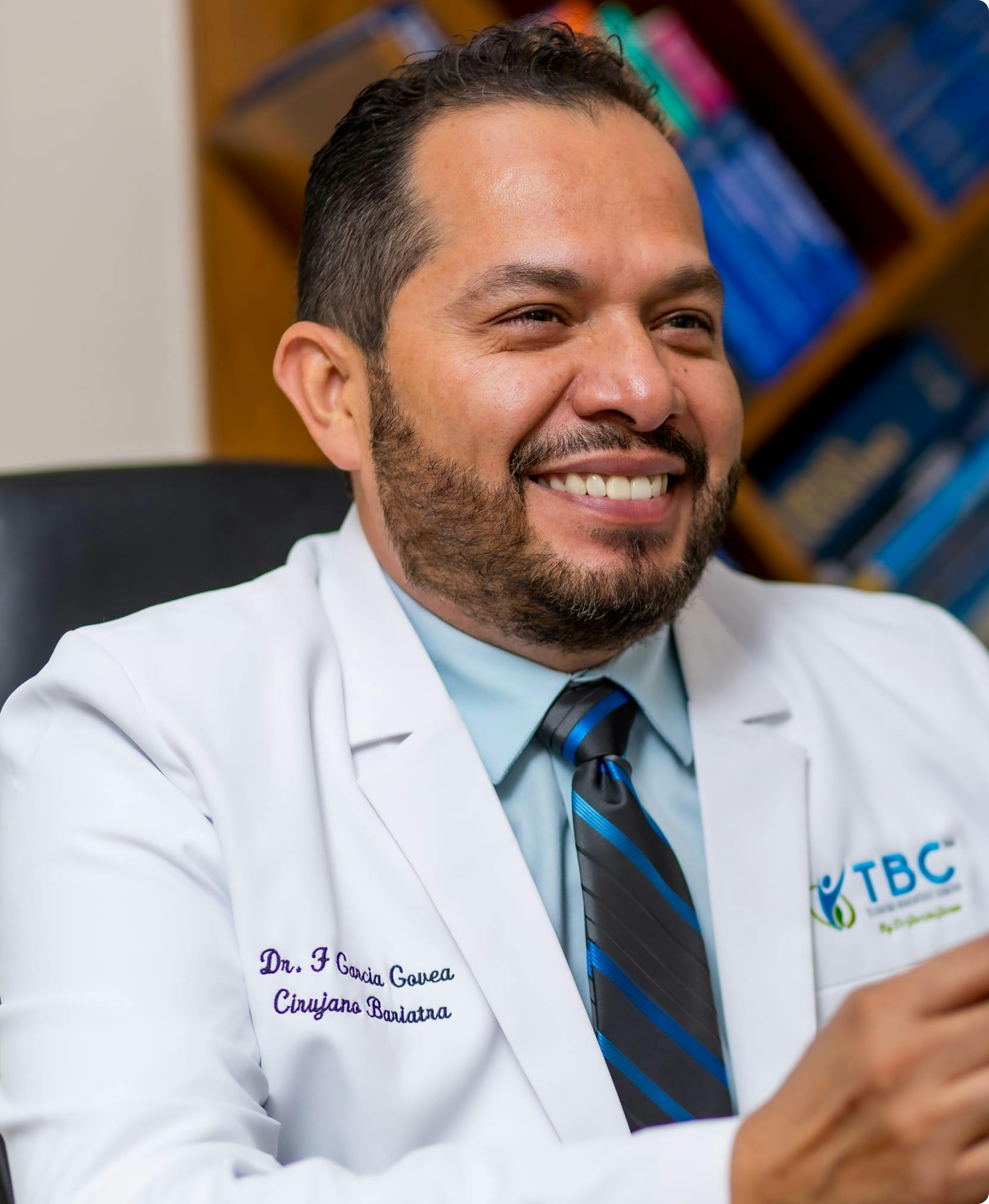

Dr. Fernando Garcia – A Visionary Leader in the Field of Bariatric Surgery
Dr. Garcia is a veteran bariatric surgeon who has performed over 15,000 successful procedures during his decade-plus career in medicine. Known for his skill, precision, and cutting-edge techniques, he is also often praised for his genuinely compassionate bedside manner and his unwavering dedication to his patients’ well-being and success.
As a provider who has himself transversed the weight loss journey, Dr. Garcia knows firsthand how frustrating and daunting the process can be. He has put great effort and time into creating a comprehensive weight loss program that goes far beyond surgery and incorporates ongoing support groups, nutritional counseling, and extensive email follow-up. Dr. Garcia believes that every patient is entitled to live their best life, free from health concerns and reduced self-esteem associated with obesity.
Dr. Fernando García obtained his Licensed Physician Degree from the prestigious Universidad Michoacana de San Nicolás de Hidalgo before going on to complete his residency in General Surgery at Hospital General (General Hospital), endorsed by Universidad Autónoma de Baja California (UABC). As a professor of Advanced Laparoscopic Surgery at Universidad Autonoma de Baja California, Dr. Garcia continues to educate generations to come with his innovative techniques. Additionally, he has been on staff at the Instituto Mexicano del Seguro Social for over a decade.
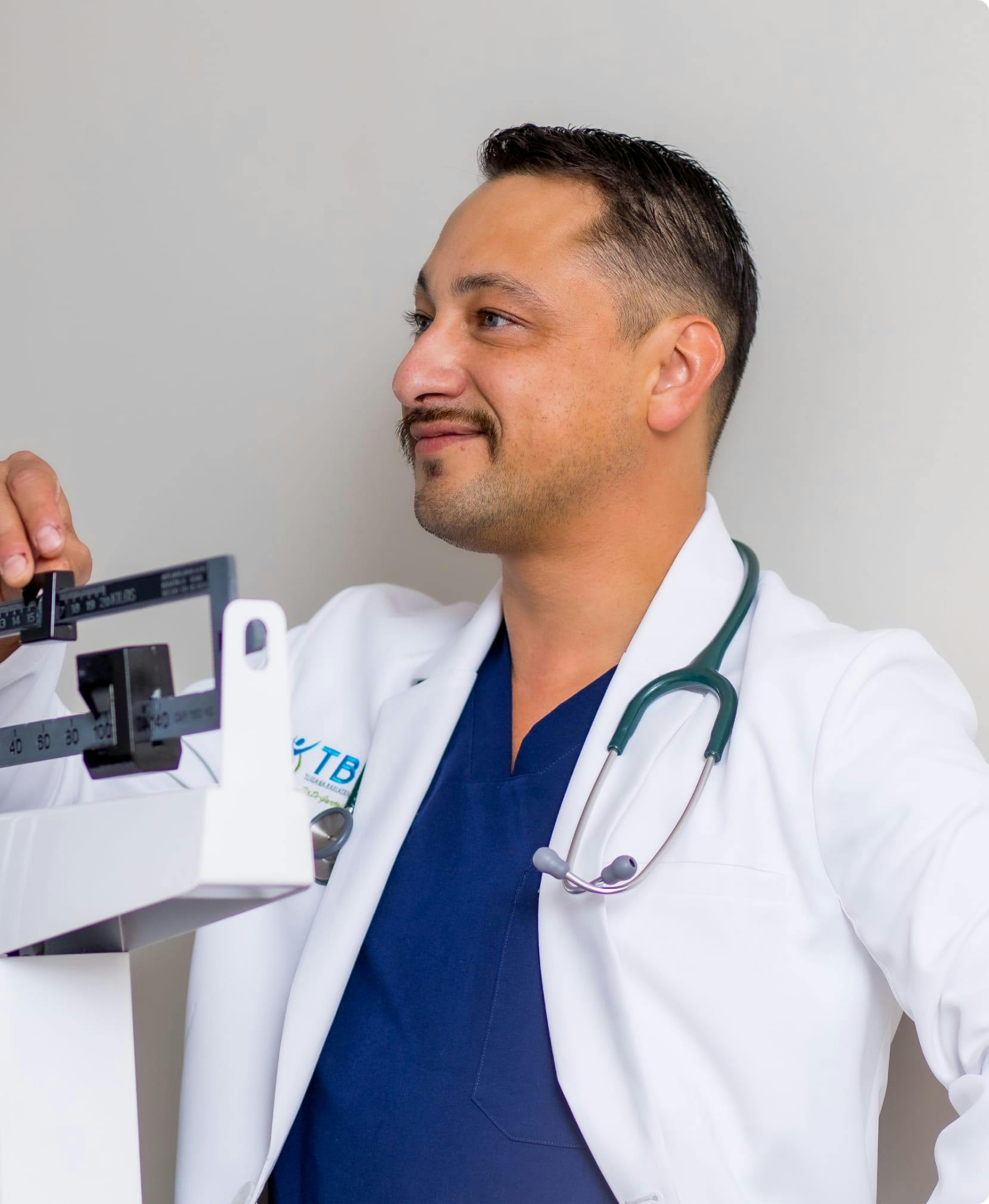

Which Procedures Complement SADI-S?
Following a SADI-s procedure, it's not uncommon for patients to contemplate additional treatments to further refine their new silhouette and address the nuances of their weight loss journey.
Body contouring options such as tummy tucks, arm lifts, and thigh lifts are increasingly popular for remedying the sagging skin that can accompany dramatic weight loss. Given the impact of weight fluctuations on the chest, treatments like breast lift, breast augmentation, or breast reduction can be pivotal in restoring balance and proportion.
For those grappling with a pronounced skin apron over the groin area, a panniculectomy becomes a go-to solution. Moreover, as the face mirrors weight changes, procedures like facelifts, neck lifts, or blepharoplasty can be invaluable in regaining a refreshed and youthful visage. To further hone the body's contours, liposuction can target those lingering, stubborn fat pockets.
Should there be concerns or unsatisfactory results with the initial SADI-s, bariatric revision surgeries might be on the table. Beyond the realm of surgeries, the importance of nutritional and psychological counseling can't be stressed enough, ensuring sustained weight management and emotional well-being.
As always, before taking any next steps, engaging in insightful consultations with both bariatric and plastic surgery specialists is the key to tailored, optimal post-SADI-s care.


